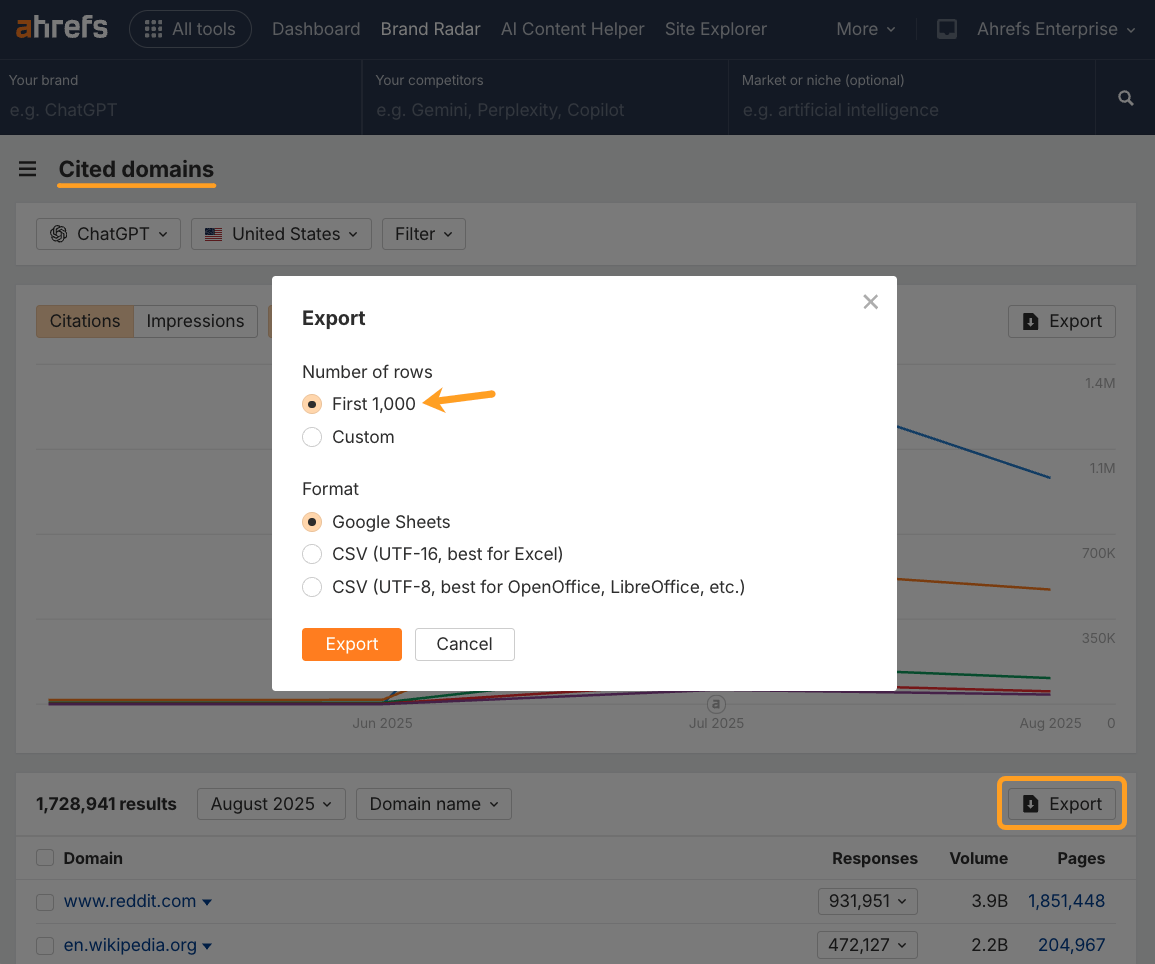Pitching these outlets means your brand gets in front of readers, circulates on social media, ranks in search, and now resurfaces in AI.
Condé Nast publications also showed up multiple times (e.g. Wired, Vogue, GQ).
Here’s what this data means for anyone looking to turn ChatGPT citations into PR opportunities:
- AI comes with big PR Potential: Out of the top 100 most cited domains in ChatGPT, 54% are open to receiving pitches. There’s considerable opportunity to work your brand into AI answers by pitching for mentions on these sites. According to our own research, brand mentions correlate strongly with AI visibility.
- Prioritize high-visibility outlets. Forbes, Business Insider, and The Spruce consistently rank among the most-cited domains in ChatGPT responses, making them prime targets for PR pitching if your goal is to be mentioned in AI answers.
- Don’t overlook vertical specialists. Vertical-specific sites like Car and Driver and Architectural Digest also appear frequently, showing that industry-focused publications can still deliver strong AI visibility.
- Make the most of all PR channels. A handful of domains on this list don’t explicitly accept PR pitches, but they’re still worth mentioning because they provide PR visibility in other ways—for example, PR Newswire syndicates press releases, while WebMD pays select medical professionals to contribute content that may reference their brand.
- Look at parent company clusters. As the pie chart shows, a significant share of PR opportunities come from just a few parent companies like People Inc. and Condé Nast. Targeting these groups may multiply your chances of PR and AI visibility, since family-owned publishers are known to syndicate content across their titles.
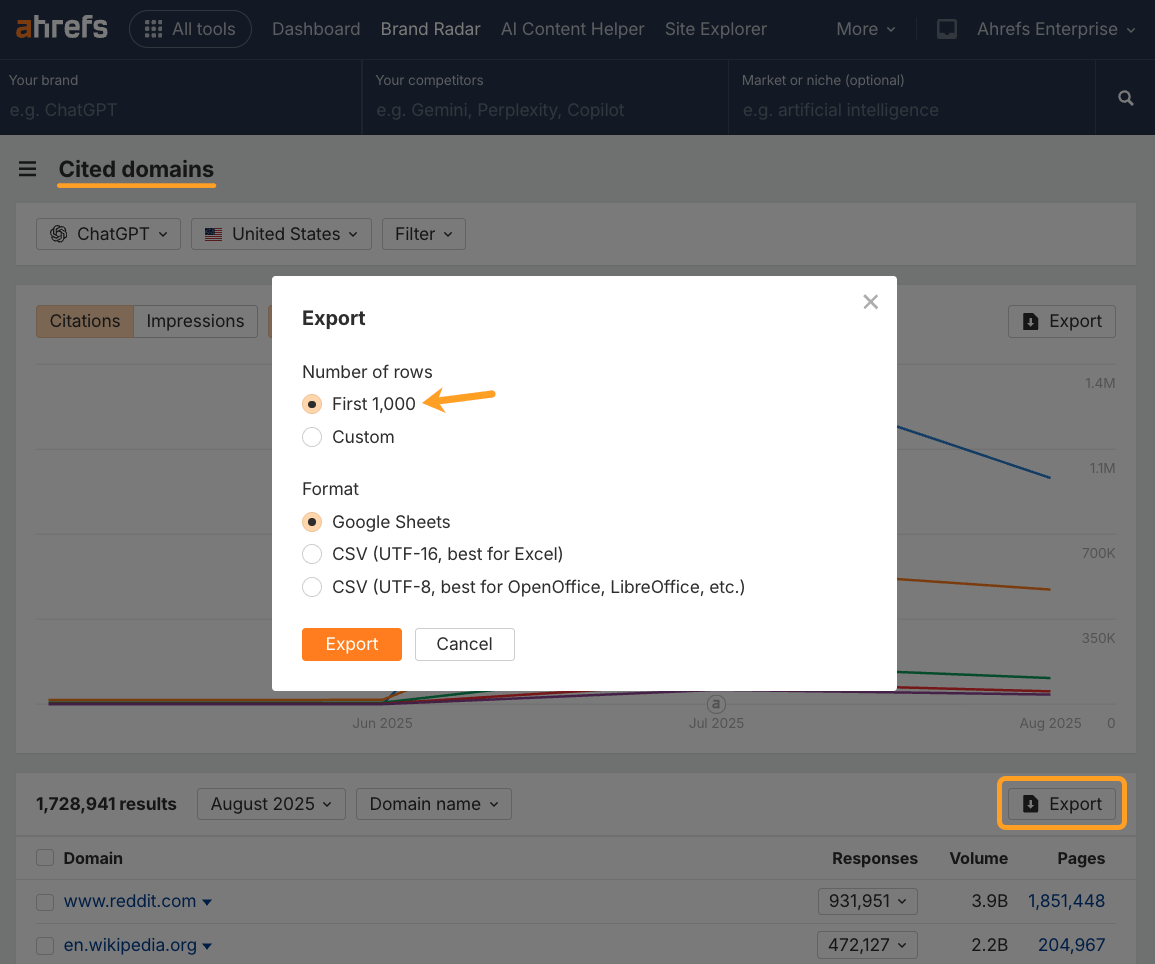
To understand whether the site was open to receiving pitches, I did one of two things:
1. Performed an “according to” site search in Google
I performed a Google site search for the words “According to” to get an idea of whether a publisher had accepted pitches from brands in the past.
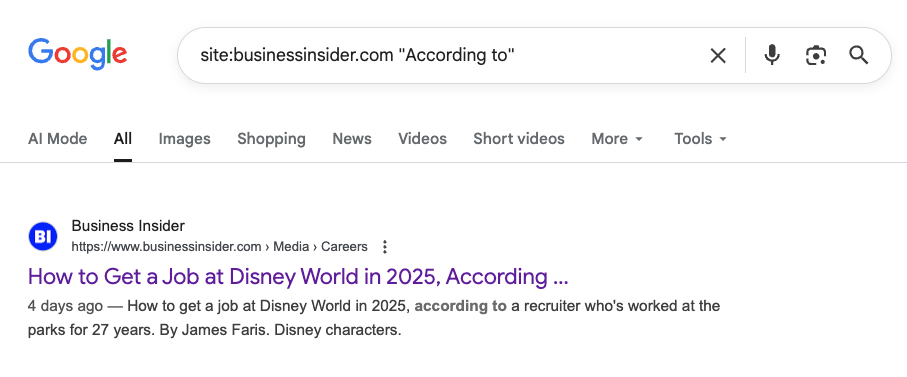
Obviously not every instance of the phrase “According to” gives way to a PR mention.
But, generally speaking, if a publisher does reference an external source, this is a good catch-all term to spot those mentions.
I only included instances where brands had been mentioned. If the publication cited universities or research bodies–not brands–I left them out.

2. Checked for evidence on the publisher’s site
If things were still a bit unclear, I looked for confirmation of pitch acceptance on the site’s media, editorial, and contact pages.
While it’s smart to target media outlets that dominate in citation volume, what matters even more is getting coverage on trusted domains that are relevant to your audience and your niche.
AI systems prioritize contextually relevant information, so being featured on an industry-appropriate site can carry more weight than appearing in a high-volume but less relevant publication.
Here are two ways you can find PR opportunities that are both highly visible and highly relevant.
1. Find publishers citing your competitors
Find the publications that routinely mention your competitors but not you.
Just head to Ahrefs Brand Radar, navigate to the “Cited domains” report, then configure filters to find AI queries and responses that contain your competitor, but don’t contain your brand.
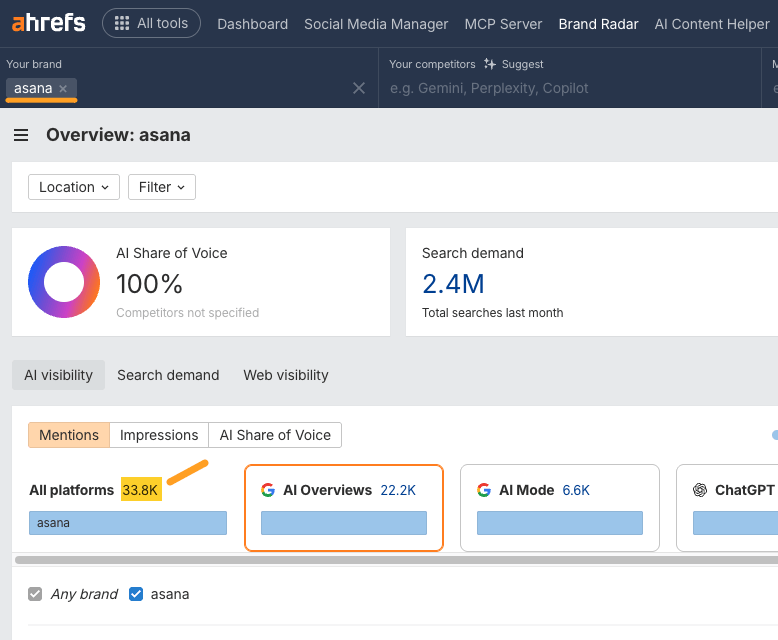
While Clickup is cited 14.8K times…
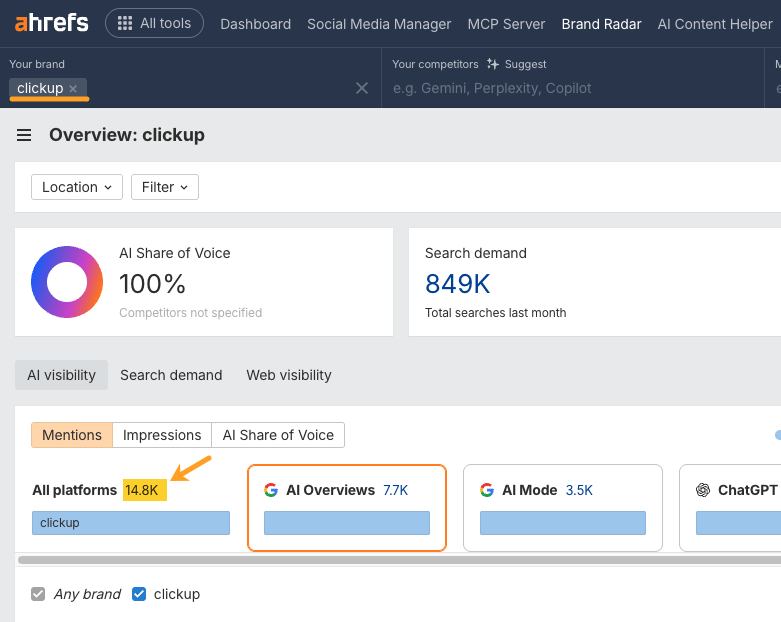
If Clickup is aiming for more AI visibility (because, who isn’t?) they may want to pitch major publications like Tech Radar, Forbes, The Guardian, Lifewire, and Wired…
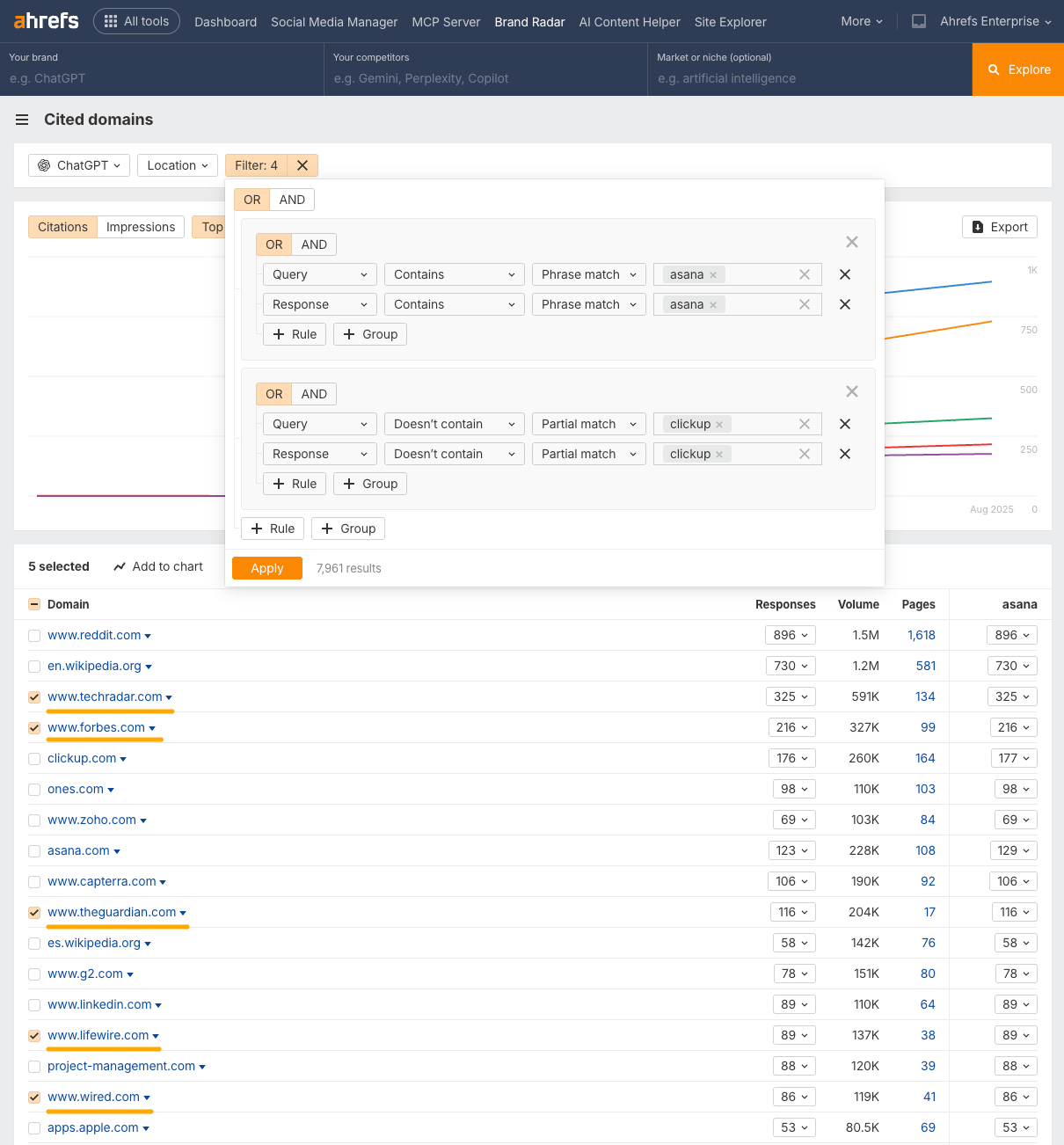
Together, these publications generate 800+ AI mentions for Asana.
Tracking who promotes your competitors—and how that shows up in AI—is a great way to find new pitching leads.
2. Find publishers cited in topically-relevant AI responses
Ahrefs Brand Radar now shows you the overarching topics you’re visible for in AI…
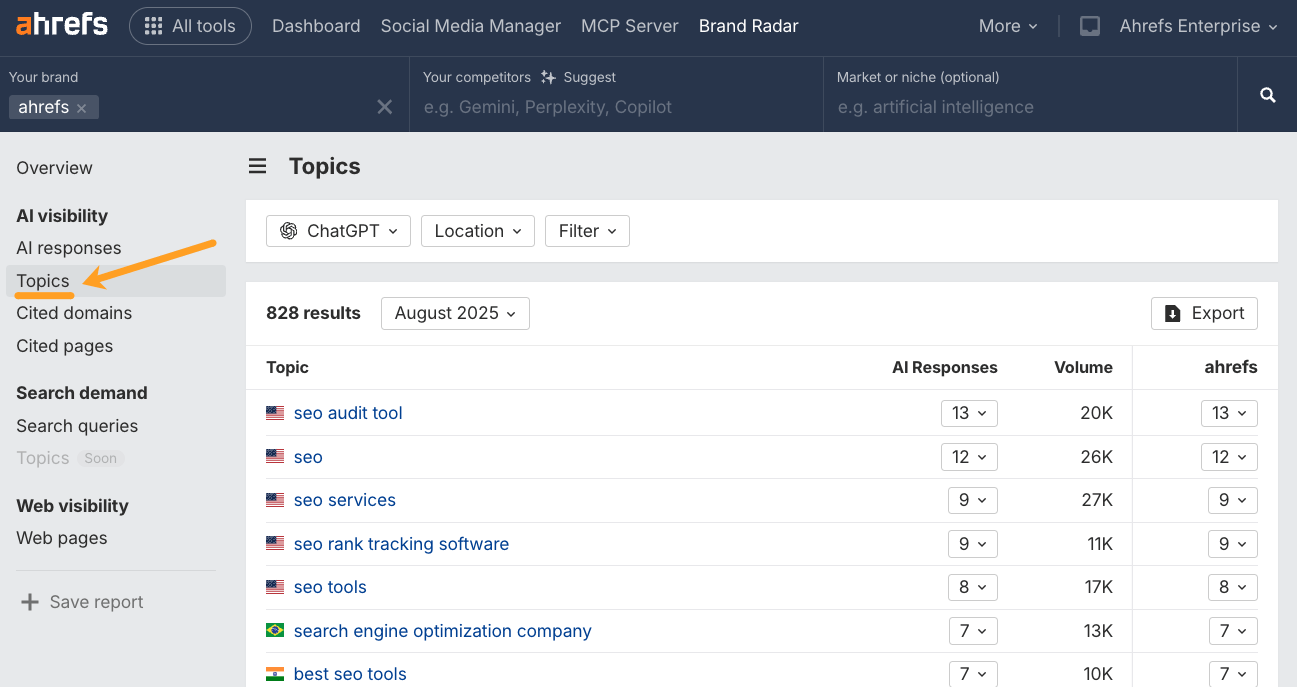
You can find PR opportunities from the publishers cited alongside those target topics.
For example, here are all the major press sites being referenced in ChatGPT alongside the topic of AI…
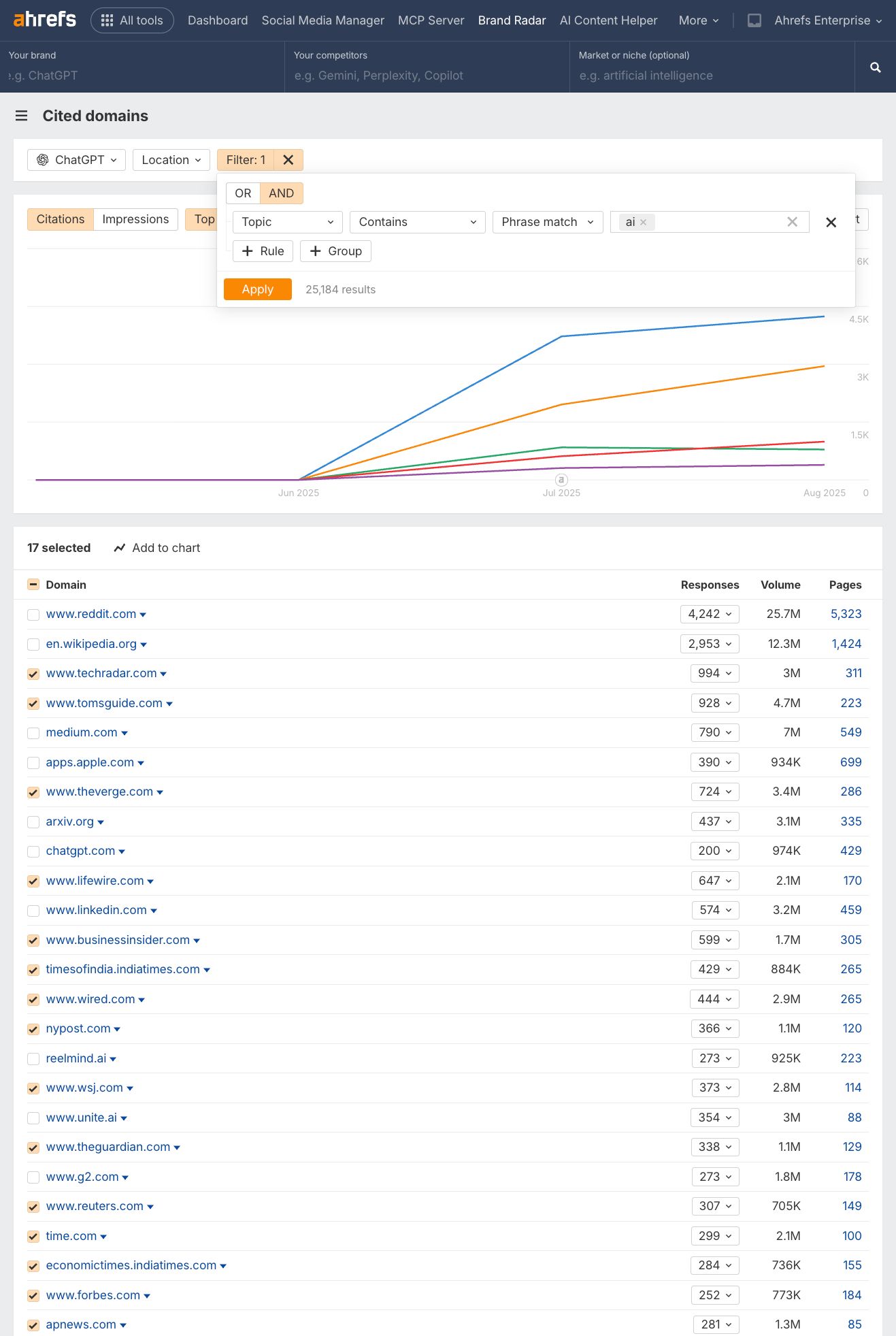
If you want to tie your brand to the topic of AI, Tech Radar is the go-to publisher to pitch.
Wrapping up
The shift from link building to AI visibility changes how and where you pitch.
Having a list of the most-cited ChatGPT publishers is a strong starting point, but the real opportunity is in the overlap: outlets that are visible and relevant to your niche.
If you pitch where your topics and competitors already get coverage, you’ll give yourself the best shot at appearing in AI results.
Similar Posts
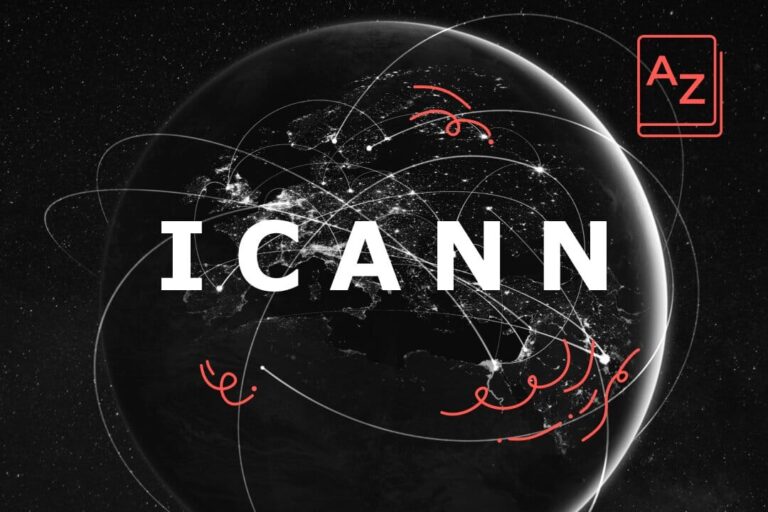
What is ICANN? The Ultimate Guide for Beginners
Well, what is ICANN? Well, the Internet is so complex that most of us mere mortals can barely comprehend how it works. We just enjoy being able to use it whenever we want, for whatever we want. Most of the time, it runs pretty smoothly, so we don’t really give much thought to the mechanics…
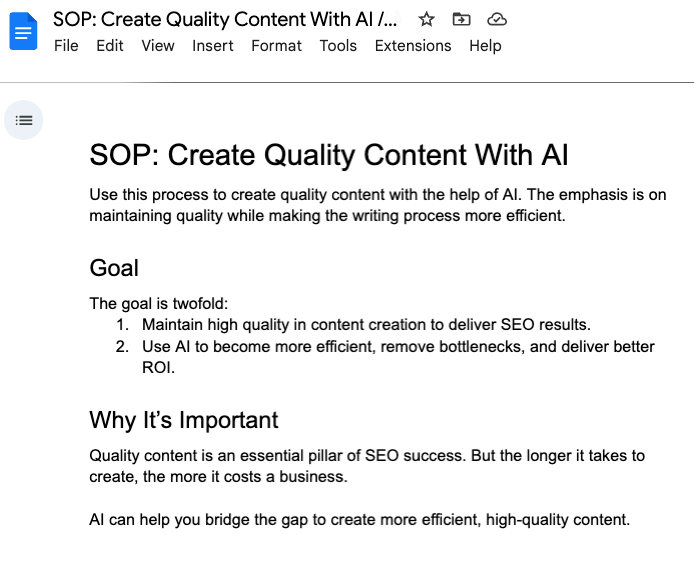
7 SEO SOPs: Your Cheat Code for More Rankings, Less Guesswork
SEO isn’t magic—it’s a system. And without clear, repeatable SOPs (standard operating procedures), even the best strategies fall apart faster than a bad backlink profile. That’s why I’ve put together 7 SEO SOPs that will make your work faster, smarter, and more effective, from using AI to create quality content to investigating why your traffic…
We Updated the Drupal User Guide for Drupal 11
Drupal 11 was released recently. Yay 🎉. And with it comes a bunch of minor (and sometimes major) changes to the way Drupal works and the need to update the documentation to reflect those changes. Since we first helped coordinate its creation, we’ve been committed to helping keep the Drupal User Guide content on Drupal.org…
Explore Our New Courses, Guides, and Tutorial Navigation
We’ve completed a major overhaul in how our tutorials are organized on Drupalize.Me. Take a look at the new Guides page and find something to new to learn about Drupal. Drupalize.Me has an interesting content problem. We have nearly 1,000 tutorials for folks who want to learn new skills in Drupal. Our tutorials cover a…
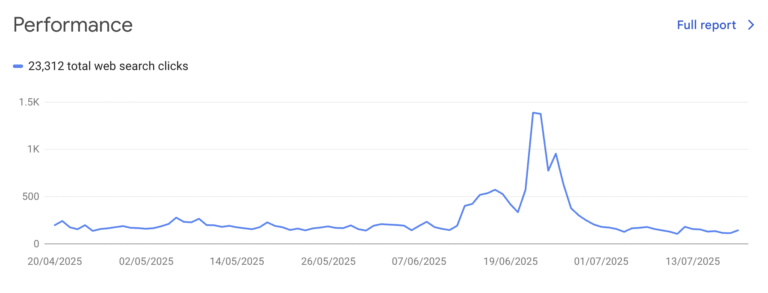
Google’s Free SEO Tools, Explained
Google provides a solid set of free SEO tools. From simple keyword research to performance tracking, you can stitch together a full workflow without spending a dime. Every SEO—whether beginner or expert—uses Google’s free tools in some capacity. They’re widely accessible, they offer a glimpse into how Google’s search and advertising systems work, and they’re often…

How to Use Gmail with a Custom Domain: An Easy Step-By-Step Guide to Setup for Newbies
Need to know how to use Gmail with a custom domain? Be prepared to discover everything you need, plus a shiny new alternative maybe. Step this way… Why would you want to use Gmail with a custom domain? Well, every business wants to really connect with its customers. If you’re anything like the majority of…

